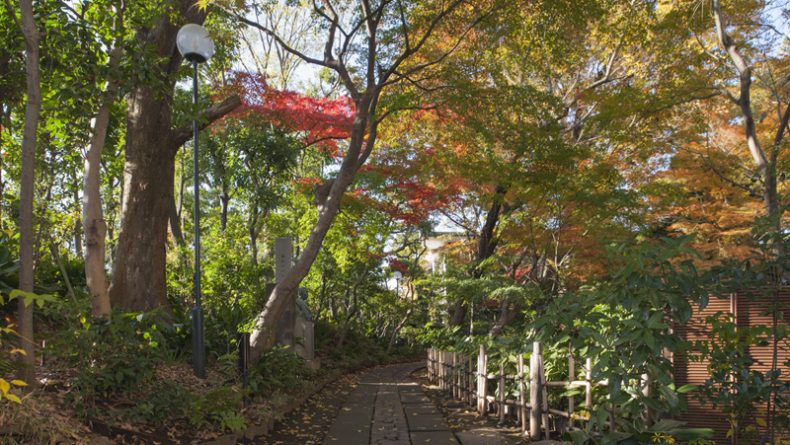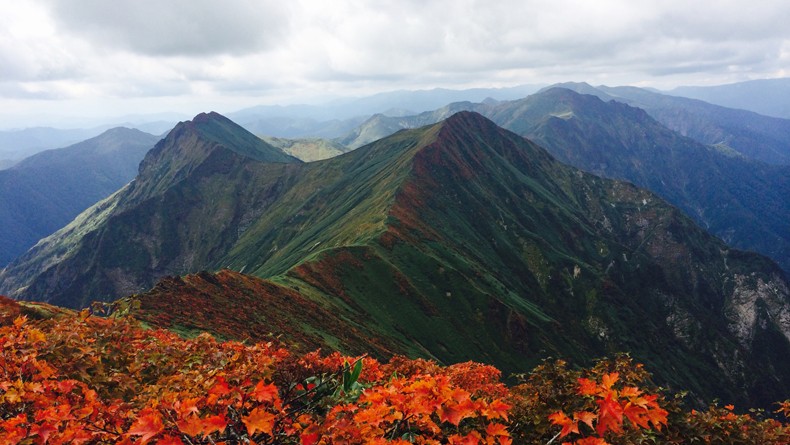Three Gorgeous Tokyo Spots for Autumn Colors
Seasonal Picks
Forget the crowds of Kyoto or Kamakura. Some of the most stunning landscapes that only autumn in Japan can produce are found right here—within the urban sprawl of Tokyo.
Mt. Takao
At 599 meters above sea level, Mt. Takao, in Tokyo’s west, offers up some incredibly beautiful autumn vistas. From the easily navigated and paved paths to the more narrow, steep and winding trails, the densely wooded Mt. Takao provides a myriad of tracks dotted throughout the mountain and its valleys, catering to people of all ages and fitness levels.
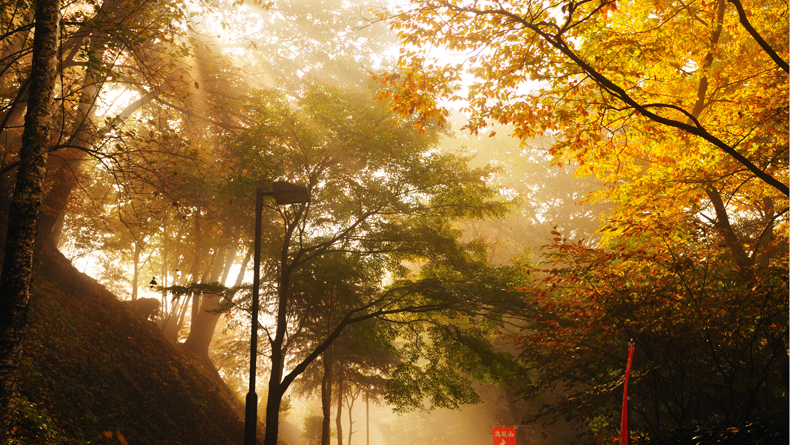 © Photo by Ajari
© Photo by Ajari
While it is possible to hike up the entire mountain (for more on that, click here), for those not that way inclined, the electric cable car will take you halfway up, where a beer garden and food vendors await against an impressive backdrop of Tokyo. You can really get a sense of just how massive this metropolis really is. From here, the 45-minute forested walk to the summit takes you past a number of Shinto-Buddhist statues, as well as the Yakuoin Temple and a monkey park, which you can enter for a small fee. Although steep in some places, the walk is well worth the view at the top, and on a clear day, Mt. Fuji often says hello. In case the trek makes you hungry, stalls and vending machines operate near the summit too.
Autumn leaf viewing is usually at its best on Mt. Takao around mid- to late November.
Getting there: A short, clearly marked walk from Takaosanguchi Station on the Keio Line will take you to the cable car. If you are keen to hike up the entire mountain, a large map at the station has all of the trails clearly marked, and you can pick up a map of the mountain there too.
Koishikawa Korakuen
A lush gem bordered by Tokyo Dome, Koishikawa Korakuen is worth visiting at any time of year. Still, it’s the autumn milieu that really brings one of Tokyo’s oldest gardens to life.
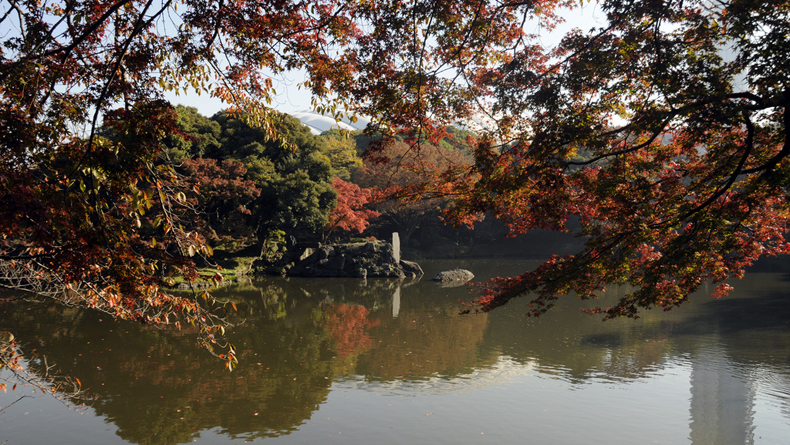 © Photo by Ari Helminen
© Photo by Ari Helminen
Created in the early Edo Period, the garden’s composition was largely influenced by Chinese designers, with its name even derived from a well-known Chinese proverb that suggested, “A governor should worry before people and enjoy after people.” With a number of manmade hills, ponds, bridges, paths, and viewing points, the layout of the garden highlights the luminous golden yellow leaves of the gingko trees, along with the vivid and varied shades of orange and red found on the maple trees.
It’s hard to believe this garden, and its stunning views, now sit within the hustle and bustle of inner-city Tokyo.
The picturesque fall scene of Koishikawa Korakuen really embodies the notion of what the Japanese are looking for, in the pursuit of momijigari, or autumn leaf hunting.
Autumn leaf viewing is usually at its best at Koishikawa Korakuen from late November to early December.
Getting there: Five- to 10-minute walk from Suidobashi Station, JR Chuo Line or Iidabashi Station, JR Chuo Line or Tozai, Yurakucho, Namboku and Odeo Subway Lines
Gotokuji Temple
If you want to take in some scenic autumn sights in Tokyo without the crowds, then head to Gotokuji Temple, located in Setagaya.
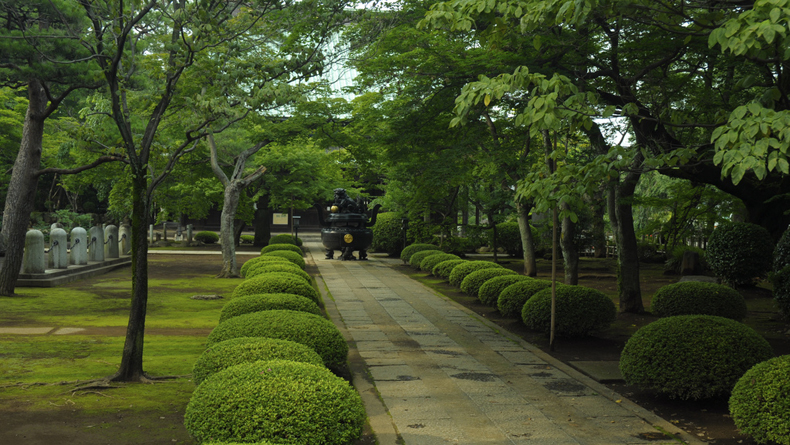
Better known for being the home of good luck charm manekineko—the beckoning cat that can be found on shelves all over Japan—Gotokuji Temple is slowly building up a reputation as a place to observe in autumn too. With a combination of cypress, maple and evergreen trees coming to color against the temple environment, Gotokuji creates quite a striking yet serene fall setting. Without the masses, you can go at your own pace and take the time to get a photo or two minus the random heads and hands of strangers.
Autumn leaf viewing is usually at its best at Gotokuji Temple from mid-November to early December.
Getting there: Five-minute walk from Miyanosaka Station, Tokyu Setagaya Tram Line
Where are your favorite spots in Tokyo to see the colors of autumn? Let us know in the comments.













